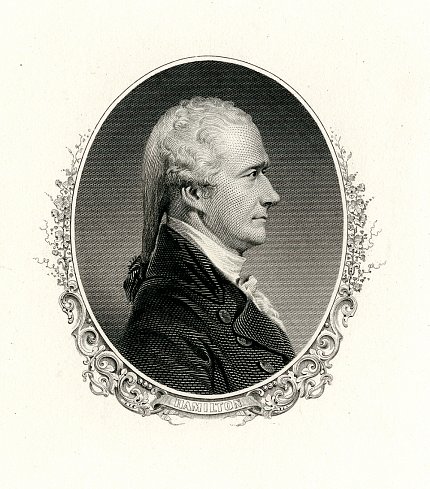NLM Exhibit on Yellow Fever Debuts

Photo: NLM
The year was 1793.
The place was Philadelphia, which was at that time the nation’s capital. The city was thriving. And so was a dangerous disease called yellow fever.
Secretary of the Treasury Alexander Hamilton would get it. As would the prominent physician and founding father Benjamin Rush. George Washington didn’t get it. He fled the city.
Many of the people who were most instrumental in caring for the afflicted and burying the dead in Philadelphia were African Americans.
At the same time Americans have rediscovered Hamilton through a bestselling autobiography and a hit musical, another mosquito-borne illness—Zika—has emerged as a public health crisis. The story of the 1793 yellow fever epidemic in Philadelphia needs retelling. And who better to tell it than the National Library of Medicine?
On Hamilton’s birthday Jan. 11, NLM debuted “The Politics of Yellow Fever in Alexander Hamilton’s America,” with a website and a display in the History of Medicine reading room.
The exhibit explores how the medical community helped shape the response to the 1793 epidemic in Philadelphia, which killed 15 percent of the population.
Yellow fever causes a high fever, black vomit (a result of bleeding in the stomach) and jaundice (a yellowing of the skin and how the disease gets its name).
When the disease arrived in Philadelphia in 1793, the country faced its first major public health crisis.
But that didn’t stop prominent people gathered in Philadelphia from trying to treat the disease and save lives—and from arguing.
“Benjamin Rush, the most prominent physician of the day, published widely on the epidemic,” said Dr. Ashley Bowen, a guest curator in the exhibition program at NLM. “Rush’s new experimental treatment is bleeding and purging. He thought that bloodletting would lessen your capacity to have yellow fever.”

Photo: Bureau of Printing and Engraving
Rush used high doses of mercury to purge his patients.
Hamilton, a prominent political figure, took another approach. “He followed what was called the ‘bark and wine cure,’ sometimes called the gentle cure or the West Indian treatment. That was quinine bark, which won’t help with yellow fever, although it does help with malaria, so I can understand why they made those connections, and diluted Madera wine,” said Bowen. “On balance, the treatment plan that Hamilton subscribed to was probably better if for no other reason than that you’re not losing blood and ingesting toxic amounts of mercury.”
Needless to say, neither treatment was effective.
In 1793, arguments about what caused this epidemic were played out in the public through lengthy newspaper stories.
Both men looked to the wharf as the source of the problem. “Rush points to local causes. He identifies a shipment of rotten coffee beans abandoned at the wharf as the source,” said Bowen. “Hamilton thought the disease was imported by white French refugees fleeing the Haitian revolution in the Caribbean.” The irony isn’t lost on Bowen that Hamilton was himself an immigrant from the Caribbean.
“Hamilton wants to limit immigration and institute a quarantine, which would have impacted commerce,” said Bowen. “Rush supports cleaning the city.”
To find out what happens next, visit NLM’s History of Medicine Division. The onsite display includes historical documents on yellow fever dating from 1793 until U.S. Army Maj. Walter Reed’s confirmation of the mosquito theory of transmission, originally hypothesized by Cuban physician Carlos Juan Finlay. Dozens of artifacts help tell the story. As does a visit to https://www.nlm.nih.gov/exhibition/politicsofyellowfever/index.html.
